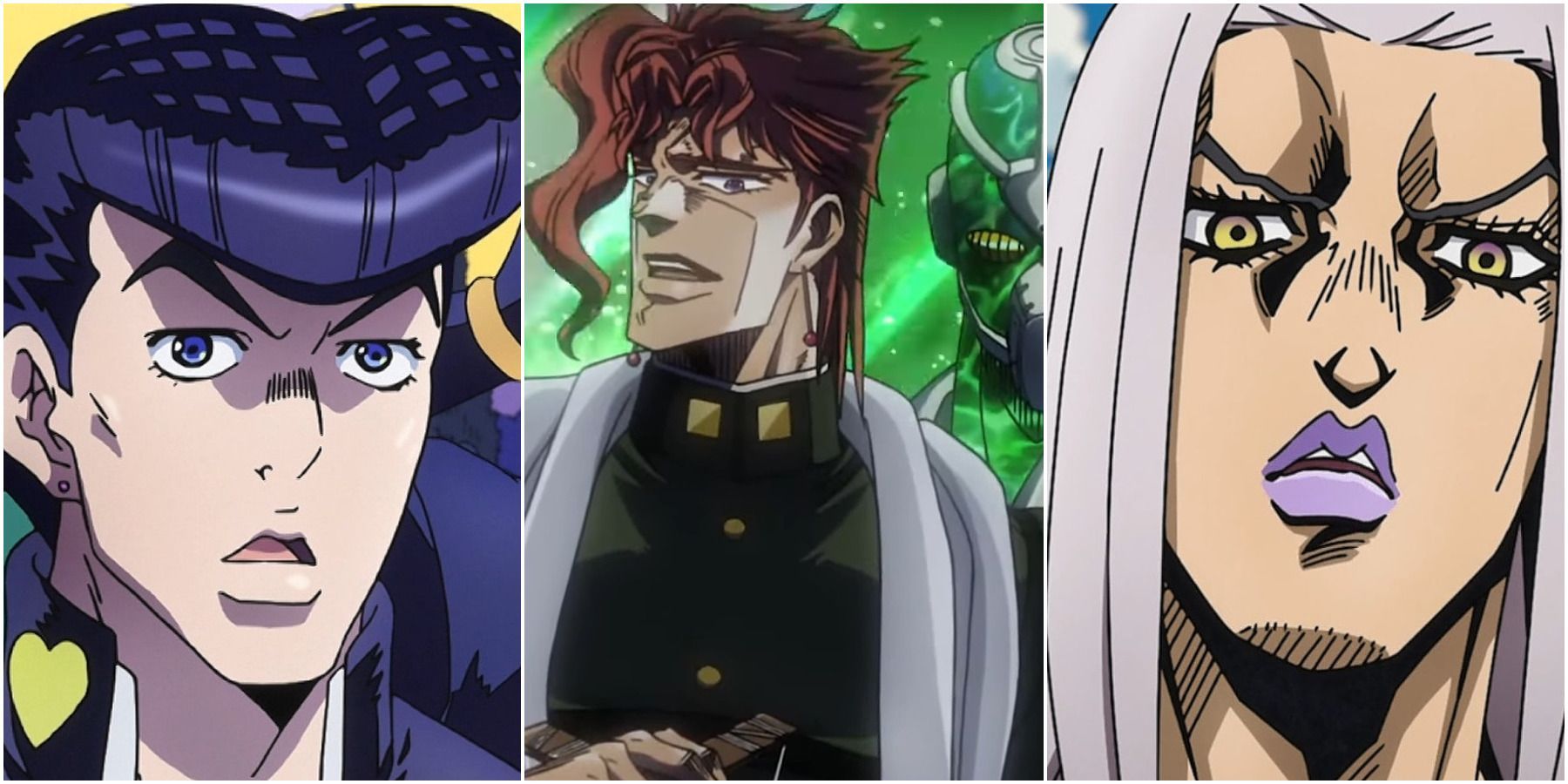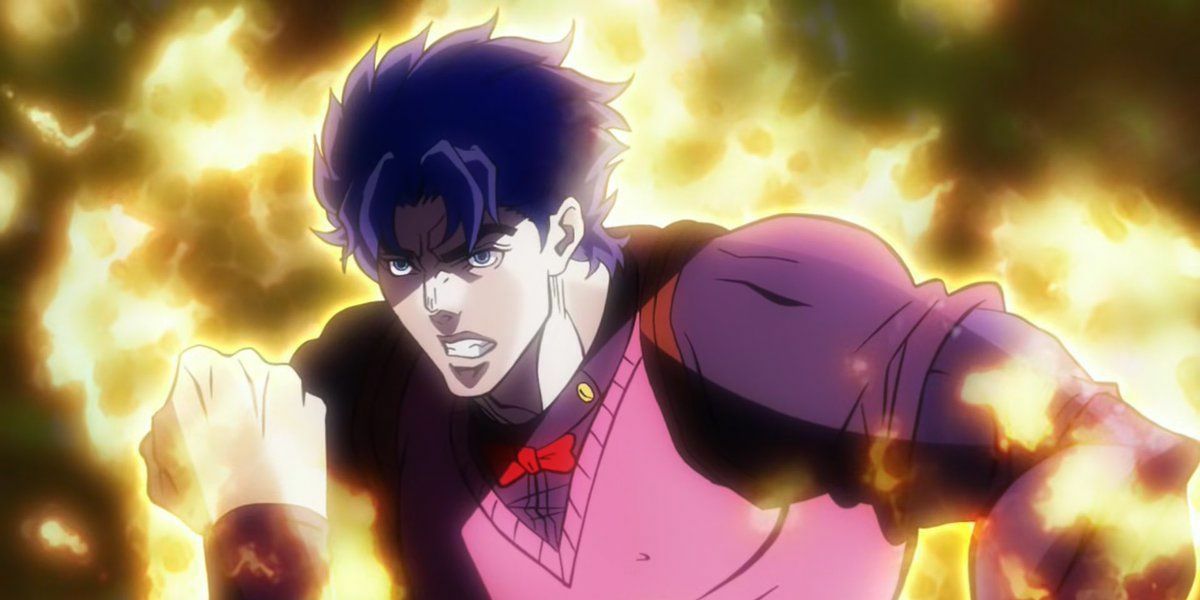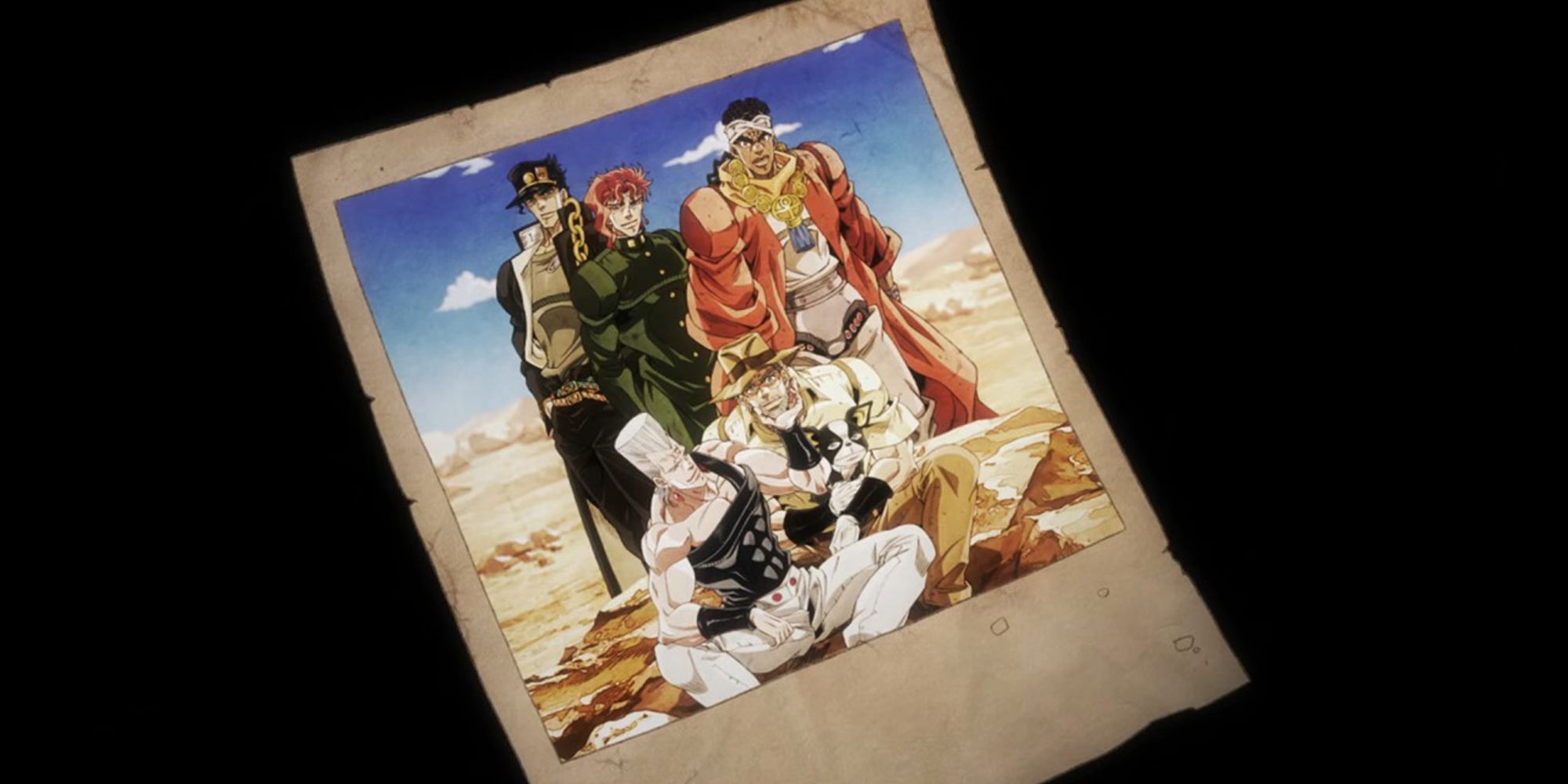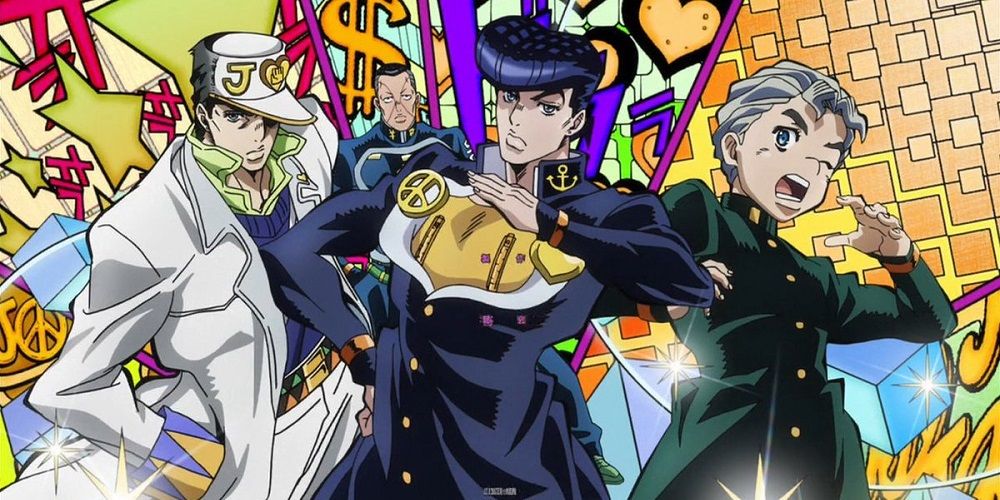Hirohiko Araki, the famous mangaka who brought JoJo's Bizarre Adventure to life, is well known for his unique art style. With 6 out of the eight JoJo parts animated, fans of the show are familiar with Araki's art style. Fans are also not surprised to see a style change with the release of Stone Ocean.
A couple of changes stylistically from a trained artist isn't a surprise. Many artists will find new influences or perfect new techniques that make their art look subtly different. For Araki, the differences aren't as subtle. From giant muscular men in part one to thin fashion-forward teens in part five, it can sometimes be challenging to keep track of all the changes to Araki's art. Generally, Araki's parts can be broken down into two different categories regarding style. Parts one through three showcases Araki's interest in figures, hypermasculinity, and extreme muscles similar to comic book heroes. Whereas in parts four through six, Araki's focus changes to where the characters are smaller, and more attention is taken to clothing. However, a closer look at each of these parts will show smaller changes made by Araki.
Phantom Blood & Battle Tendency
In the first installment of JoJo; Phantom Blood, Araki's style leans heavily into muscular men and generally the characters' masculinity. This is especially seen in Jonathan Joestar's figure. Much like Superman from DC comics, Jonathan has a broad chest, rippling muscles, a thick neck, and a small head in comparison. Now the large body of Jonathan Joestar can look comical. There are some reasons as to why Araki drew him this way.
Araki decided to depict Jonathan as a wall of muscles because he is meant to be the opposite of Dio. In the first part of JoJo, before transforming into a vampire, Dio relies on his wits. Physically he can't compete with Jojo; instead, he must use his intelligence to keep up with him. After the transformation, Dio gains more muscles, making him almost more powerful than Jonathan. Thankfully Zeppeli was able to teach Jojo Hamon.
In Battle Tendency, Araki changes the proportions slightly in the male characters. Unlike in part one, Josephs's build has a better balance. The muscular and masculine elements are still present in this part, but instead, the shoulders are smaller, making the heads look proportionate to the body. Overall there aren't many changes that can be seen from parts one to two.
Stardust Crusaders
Stardust Crusaders is the first part where a significant change in style can be seen, and it is also the last where the characters are depicted as hypermasculine and muscular. In part three, some of the most notable differences are the large circular shoulders, tapered wastes, and the harsh shading on the characters. The changes made to Araki's art style make the crusaders look like they were wearing armor. They are supposed to appear battle-ready since they are traveling to kill off Dio.
Altogether, these first three parts each have a distinct look to them. These parts are the hardest on the characters' bodies, but also they were released in the late 80s. During this time, many comic books and male actors were highly muscular. Araki was influenced to draw the same thing with so much imagery of hypermasculine men. This pattern breaks with the next part.
Diamond is Unbreakable, Golden Wind & Stone Ocean
In part four of JoJo, the most significant shift in Araki's art style happens. The biggest of them is how muscular the characters appear. It's clear that some male characters do have muscle, but not to the degree that it was before. Structurally the faces change, with the characters taking on a rounded nose and pouted lips. Something that isn't quite as noticeable but is popular in the fandom is fashion. Fans of Jojo may know that part four is Araki's favorite part, and Rohan is his favorite character. So, it is not that surprising to see Araki's interest in fashion shine through on Rohan's wardrobe.
An argument can be made that Golden Wind has some of the most beautiful art in all the parts of Jojo. Araki pulled a lot of his influence from Roman and Greek artwork. These influences pop up in the cloud imagery, death scenes, and overall build of the characters. This influence also appears in Giorno's design. Supposedly, Araki's goal was to make Giorno look like Michelangelo's David.
With the latest JoJo anime adaptation, there is a balance between parts four and five's art styles. With years of experience, it would seem that Araki is settling into a specific style. Part six is the first and only part, with a female protagonist, and some concern of making the characters overly feminine is founded. But Araki does an excellent job keeping the character's feminine without looking stereotypical.
JoJo's Bizarre Adventure fans adore Araki's art even with so many style changes. He isn't afraid to take inspiration from odd locations and implement them into his art. He's also one of the only mangakas with such a wide variety of looks, styles, and poses for his characters.




